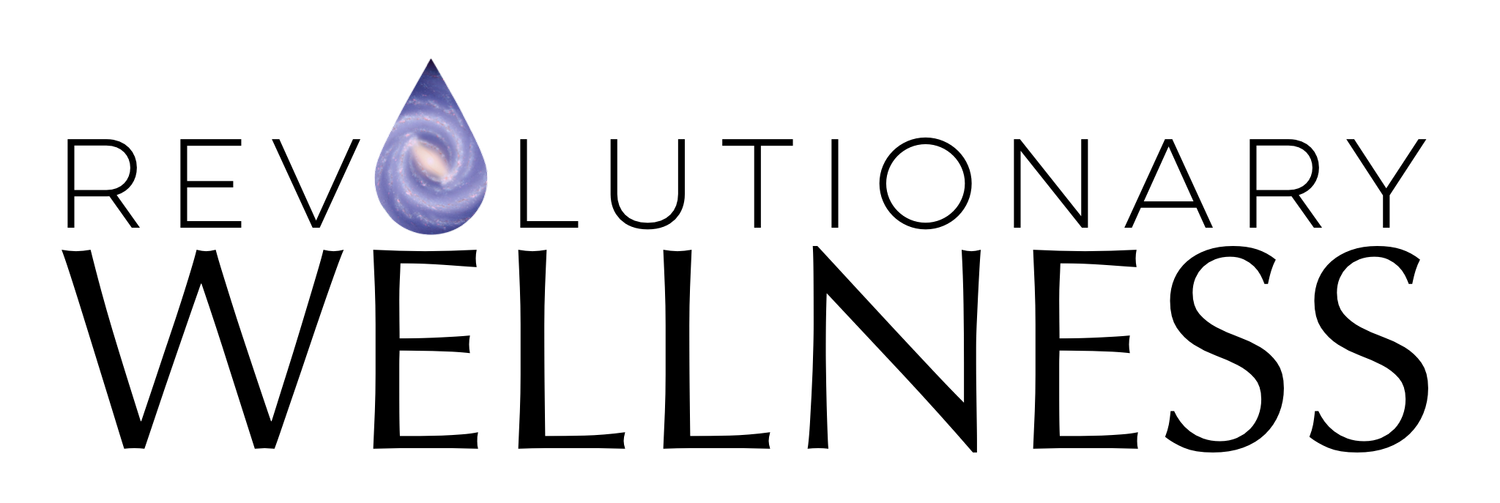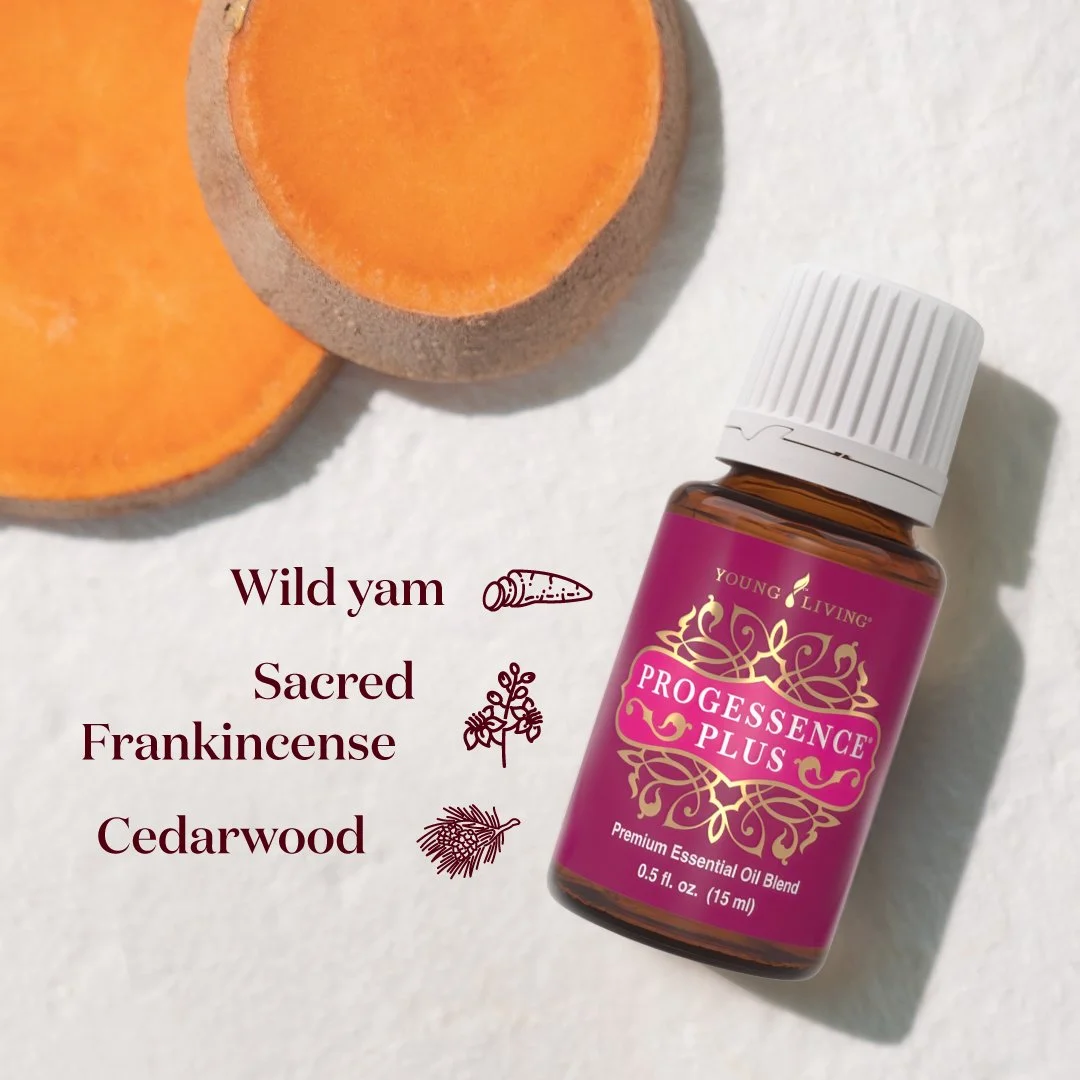
Everyday Hormone Disruptors: What They Are and How to Avoid Them Naturally
Plus, essential oils with scientific support for hormone-related benefits
From the lotion we use in the morning to the candle we light at night, our daily routines are filled with products that may quietly interfere with our hormones. These chemicals, known as endocrine disruptors, can mimic or block our body’s natural hormones and throw our delicate balance off course. The good news? Once you know where they hide, you can make simple, effective swaps that support your body’s natural rhythm and well-being.
What are hormone disruptors?
Hormone (or endocrine) disruptors are chemicals that can interfere with the body’s natural hormone systems. They can mimic, block, or alter hormonal messages, affecting metabolism, mood, fertility, growth, and more, and can be found in everyday items like skincare, cleaning supplies, and plastics.
Over time, repeated exposure to endocrine-disrupting chemicals may contribute to hormonal imbalances, fatigue, or difficulty maintaining a sense of balance. Research continues to explore their impact, but one thing is clear: reducing unnecessary chemical exposure supports overall wellness and vitality.
Common Sources of Hormone Disruptors
Personal Care & Beauty Products
Parabens (methylparaben, propylparaben, butylparaben) – used as preservatives in lotions, shampoos, and cosmetics.
Phthalates – often found in synthetic fragrances (look for “fragrance” or “parfum” on ingredient lists).
Oxybenzone and octinoxate – common in chemical sunscreens.
Triclosan – an antibacterial once common in soaps, toothpaste, and deodorants (now restricted in some places).
BPA and BPS – found in plastic packaging, which can leach into lotions or makeup stored in plastic.
Safer alternatives:
Look for products labeled “paraben-free,” “phthalate-free,” and “fragrance-free” or brands that use essential oils and plant-based preservatives. We love Young Living’s variety of personal care and beauty products!
Cleaning Products
Synthetic fragrances – found in laundry detergents, fabric softeners, air fresheners, and cleaning sprays.
Nonylphenol ethoxylates (NPEs) – surfactants in some detergents and stain removers.
Chlorine and ammonia – harsh disinfectants that can affect thyroid and respiratory health indirectly.
Safer alternatives:
Use vinegar, baking soda, castile soap, and essential oils for natural cleaning. Choose fragrance-free or plant-based detergents. We love Young Living’s Thieves Household Cleaning Line.
Food & Kitchen Items
BPA/BPS – found in plastic food containers, water bottles, and can linings.
PFAS (“forever chemicals”) – in non-stick cookware, takeout packaging, and microwave popcorn bags.
Pesticide residues – especially in non-organic produce.
Plastic wrap and single-use plastics – can leach chemicals into food when heated.
Safer alternatives:
Switch to glass, stainless steel, or silicone containers, use cast iron or ceramic cookware, and wash produce well or buy organic when possible.
Household & Textiles
Flame retardants – in furniture, mattresses, and children’s sleepwear.
Perchloroethylene (PERC) – used in dry cleaning.
PFAS – used in stain-resistant or water-repellent clothing and upholstery.
Safer alternatives:
Choose organic cotton, wool, or untreated fabrics, and wet cleaning instead of dry cleaning.
Other Everyday Exposures
Receipts (thermal paper) – often coated with BPA.
Air fresheners, candles, and plug-ins – contain synthetic fragrances and phthalates.
Pesticides and herbicides – like glyphosate and atrazine used in lawn care.
Try instead opting for email receipts, diffusing essential oils and/or using beeswax candles, and using organic ways to care for lawn and garden.
Progessence Plus™ Serum is designed specifically for women and made with natural, bioidentical progesterone from wild yam to promote well-being and feelings of relaxation, harmony, and balance.
FEATURES & BENEFITS
Designed especially for women and made with natural, bioidentical progesterone from wild yam
Promotes well-being and feelings of relaxation, harmony, and balance
Easily absorbs and contains skin-nourishing premium essential oils and vitamin E
100 percent plant-based and naturally derived vegan formula
Formulated without parabens, phthalates, petrochemicals, synthetic preservatives, synthetic fragrances, or synthetic dyes
Essential Oils with Scientific Support for Hormone-Related Benefits
Clary Sage (Salvia sclarea)
Research focus: Estrogen-like effects and menstrual support.
Findings:
Contains sclareol, a phytoestrogen compound shown to bind to estrogen receptors.
In small human studies, inhalation of clary sage oil reduced cortisol levels and increased 5-HT (serotonin), promoting relaxation and mood balance.
Use: Diffuse during the menstrual cycle, or apply diluted over the lower abdomen (as per safe topical guidelines).
Click here to learn more + shop Clary Sage
Lavender (Lavandula angustifolia)
Research focus: Stress hormone modulation.
Findings:
Multiple studies confirm lavender’s ability to lower serum cortisol (the stress hormone) through inhalation or aromatherapy massage.
Also associated with improved sleep and reduced anxiety, which supports adrenal health and hormone balance.
Use: Diffuse before bed or use in a relaxation bath or body oil.
Click here to learn more + shop Lavender
Geranium (Pelargonium graveolens)
Research focus: Menopausal symptoms and stress modulation.
Findings:
Inhalation has been shown to reduce sympathetic nervous activity and increase parasympathetic activity (rest-and-digest mode).
In one study, postmenopausal women using geranium reported improved mood and less stress-related hormonal imbalance.
Use: Diffuse or add to facial oil for both skin and emotional support.
Click here to learn more + shop Geranium
Fennel (Foeniculum vulgare)
Research focus: Phytoestrogenic activity.
Findings:
Fennel contains anethole, a compound with mild estrogenic properties.
Traditionally used to support menstrual comfort and lactation; research supports its estrogenic influence in animal studies.
Use: Inhaled or applied diluted topically (avoiding use during pregnancy or with estrogen-sensitive conditions).
Click here to learn more + shop Fennel
Frankincense (Boswellia carterii / sacra)
Research focus: Stress and inflammation regulation.
Findings:
Some studies suggest boswellic acids and incense compounds can modulate cortisol and inflammatory cytokines, supporting hormone equilibrium indirectly.
May also support emotional grounding through neurological calming effects.
Use: Diffuse during meditation or apply diluted over heart center or adrenals.
Click here to learn more + shop Frankincense (Boswellia carterii)
Click here to learn more + shop Sacred Frankincense (Boswellia sacra)
Peppermint (Mentha piperita)
Research focus: Energy and thyroid support (indirect).
Findings:
Shown to improve alertness and reduce fatigue, supporting adrenal function under chronic stress.
Can indirectly benefit hormone balance by counteracting stress-related fatigue.
Use: Diffuse mid-day or apply diluted to back of neck.
Click here to learn more + shop Peppermint
Important Notes
Essential oils do not replace hormone therapy or medical treatment for endocrine disorders.
Effects are often modulatory rather than substitutive — helping the body find balance rather than supplying hormones.
Always dilute properly and consult with a professional if pregnant, breastfeeding, or managing hormone-sensitive conditions.
Discover Your Personalized Path to Healing and Well-Being
Discover Your Personalized Path to Healing and Well-Being
Are you ready to release tension, restore balance, and reconnect with your natural vitality?
I combine the art and science of holistic healing to help you achieve lasting wellness—mind, body, and spirit.
I’m a Licensed Massage Therapist, Certified Sound Healer, and Traditional Doctor of Naturopathy, dedicated to helping you experience deep relaxation and energetic harmony.
Ready to Begin Your Wellness Journey?
Memberships
Become a member of Revolutionary Wellness for exclusive access to events, discounts, and holistic health tools!







